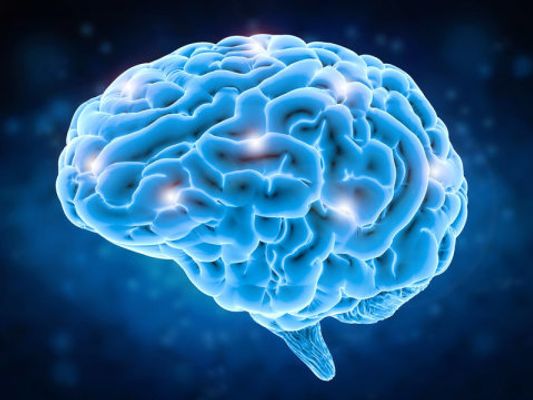10.2.2
Psychoanalytic Approach
A Psychoanalytic Approach
A Psychoanalytic Approach
Reading Othello through a psychoanalytic lense may also relate to Love through the Ages and Aspects of Tragedy. Consider the following characters:


Psychoanalysis
Psychoanalysis
- Psychoanalysis is a discipline developed by the famous neurologist Sigmund Freud (1856-1939).
- In summary, it is the idea that the way we behave as humans is largely driven by unconscious desires.
- Freud also stated that we sometimes become aware of these unconscious desires through slips of the tongue or what we dream about as we sleep.


Psychoanalysis and Othello
Psychoanalysis and Othello
- A psychoanalytic approach to Othello would therefore focus on the clues Shakespeare gives us about the unconscious desires of the characters.
- This does sometimes involve thinking of the characters as if they were real.


Othello
Othello
- His unconscious desire is to be with Desdemona, but he knows that in reality this may not work out for the good.
- He assumes the role wanted by white Europe but he will never truly fit.
- Shakespeare may be suggesting that Othello is delusional about this.


Iago
Iago
- His unconscious desire is jealousy towards Othello, both through his lack of promotion and because Othello slept with his wife.
- He may also be racist.
- Iago may also have secret desires for Desdemona.


Cassio
Cassio
- He may explicitly need the sexual favours of Bianca, but may well view Desdemona as the ideal.


Brabantio
Brabantio
- His unconscious feeling might well be concern about the mixed race offspring that may result from Othello and Desdemona’s marriage.
- This then presents him with issues over inheritance and the future of his own estate.


Emilia
Emilia
- Her unconscious desire could be to see the end of her husband, because she is presented by Shakespeare as living in an unfruitful and broken marriage.
1Context
1.1Introduction
1.3Othello
2Act One: Summaries & Themes
2.1Act and Scene Summaries
2.2Scene One
2.3Scene Two
3Act Two: Summaries & Themes
3.1Scene One & Two
3.2Scene Three
4Act Three: Summaries & Themes
5Act Four
5.1Scene One
5.2Scene Two
5.3Scene Three
6Act Five
6.1Scene One
6.2Scene Two
7Character Profiles
7.1Major Characters
7.2Minor Characters
8Key Themes
8.1Love & Tragedy
8.2Other Key Themes
9Writing Techniques
9.1Writing Techniques
10Critical Debates
10.1Criticism & Performance
11Approaching AQA English Literature
11.1Specification A
11.2Specification B
12Issues of Assessment
12.1The Exams
Jump to other topics
1Context
1.1Introduction
1.3Othello
2Act One: Summaries & Themes
2.1Act and Scene Summaries
2.2Scene One
2.3Scene Two
3Act Two: Summaries & Themes
3.1Scene One & Two
3.2Scene Three
4Act Three: Summaries & Themes
5Act Four
5.1Scene One
5.2Scene Two
5.3Scene Three
6Act Five
6.1Scene One
6.2Scene Two
7Character Profiles
7.1Major Characters
7.2Minor Characters
8Key Themes
8.1Love & Tragedy
8.2Other Key Themes
9Writing Techniques
9.1Writing Techniques
10Critical Debates
10.1Criticism & Performance
11Approaching AQA English Literature
11.1Specification A
11.2Specification B
12Issues of Assessment
12.1The Exams
Unlock your full potential with Seneca Premium
Unlimited access to 10,000+ open-ended exam questions
Mini-mock exams based on your study history
Unlock 800+ premium courses & e-books